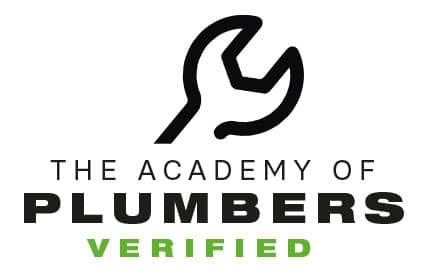Content
Utilizing tools like the balance sheetand other financial statements will help you keep your finances in check. Non-current liabilitiesare long-term debts—those that cannot be paid off within the year. Deferred tax liabilities, bonds payable, and pension benefits you’ll owe employees are examples of non-current liabilities. Non-current liabilities are often referred to as long-term liabilities. A current ratio of 2.00, meaning there are $2.00 in current assets available for each $1.00 of short-term debt, is generally considered acceptable.
This can help investors make investments at the most opportune moments. For example, if a company’s overall worth declines at the same point each year, due to seasonal shifts, that might be the best time to invest. A company’s balance sheet, also known as a “statement of financial position,” reveals the firm’s assets, liabilities, and owners’ equity . The balance sheet, together with the income statement and cash flow statement, make up the cornerstone of any company’s financial statements.
The Statement of Owner’s Equity
For instance, a company registration might be filed correctly but still get rejected by the Company Registry for reasons beyond our control. We can only refund our fees for issues we are directly responsible for. In the case that you purchase a service and later change your mind, we can’t issue a refund.
A balance sheet is an important financial statement that summarizes a business’s financial situation. Balance sheets are used to evaluate a company’s performance and ability to meet its financial obligations. Liabilities may not seem like credits to you, but that’s not a typo. A credit brings cash in that the firm can use to purchase an asset. However, this credit is a liability, a debt that must be paid back at a later date.
The limits of the balance sheet
Not only will you need to know this figure, but potential buyers will want to know—and have the proof to back it up. The tools and real estate bookkeeping resources you need to take your business to the next level. The tools and resources you need to run your business successfully.
Marketable SecuritiesMarketable securities are liquid assets that can be converted into cash quickly and are classified as current assets on a company’s balance sheet. Commercial Paper, Treasury notes, and other money market instruments are included in it. Rates of Return – The balance sheet can be used to evaluate how well a company generates returns. A key way to measure liquidity is with the current ratio formula. Your current ratio shows the ability of your business to pay off its short-term debt obligations using its current assets. To calculate your current ratio, you divide assets by liabilities.
Noncurrent Liabilities
Inventories increased, along with prepaid expenses and receivables. Property, plants, and equipment value increased, along with a significant increase https://www.world-today-news.com/accountants-tips-for-effective-cash-flow-management-in-the-construction-industry/ in intangible assets, goodwill, deferred taxes, and other assets. Vertical balance sheets list periods vertically next to each other.
- Looking at a single balance sheet by itself may make it difficult to extract whether a company is performing well.
- Knowing your industry’s standards is an important part of evaluating your business’s balance sheet effectively.
- Also known as ‘property plant & equipment’, these are the assets that your business uses in order to generate its income.
- The price-to-book ratio is a metric that can be used to analyze the shareholders’ equity section.





